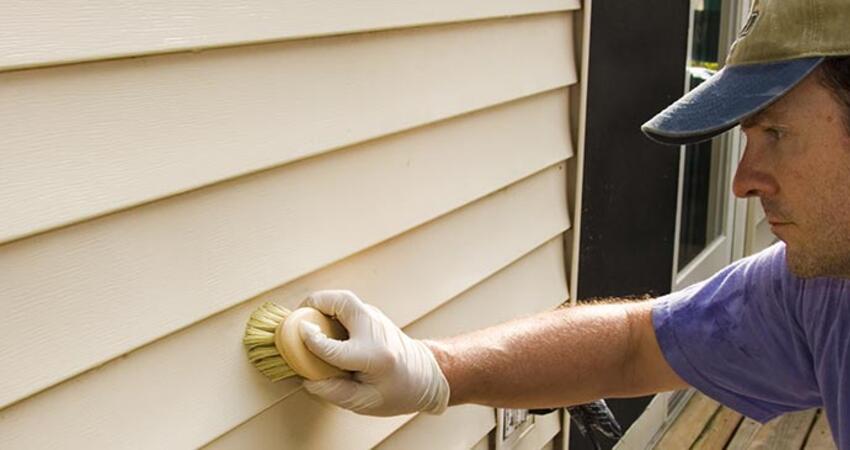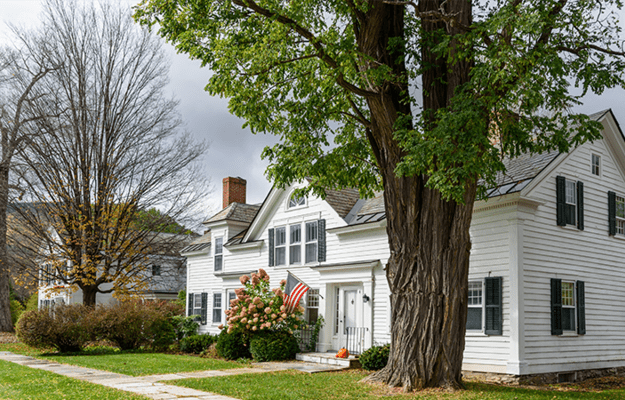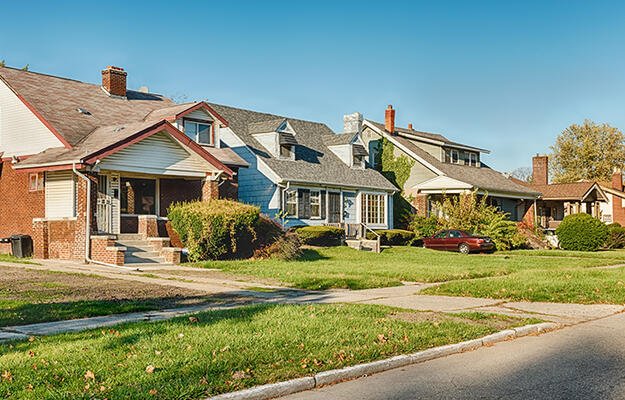
Individual Development Account Programs Help Low-Income Families Save for the Dream
Buying a home is hard. But it does not have to be quite as hard as it is for many people across the country. In fact, the last few decades have seen the creation of more than a few innovative asset-building initiatives designed to help low-income families become homeowners. After the mortgage crisis, the most effective and sustainable approaches survived.
Among them is the Individual Development Account (IDA) initiative, which is supported in part through the Assets for Independence (AFI) program at the Administration on Children and Families (ACF), an office of the U.S. Department of Health and Human Services. IDAs encourage and reward savings by the low-income households—starting with as little as $25—which are matched from dollar for dollar to as much as eight to one, depending on the individual program. IDA programs with AFI funds allow the savings to be used toward a first home, post–secondary education, or to start a small business. Participants may also be required take financial literacy and asset-specific training, such as homeownership classes.
The AFI program currently funds the majority of the country’s IDAs through a competitive grants program that supports nonprofit groups, certain financial institutions, and state, local, and tribal organizations. Grantee programs are required to raise an equal contribution of nonfederal funds. Participants can receive up to $2,000 in federal matching funds, and to be eligible generally must have income that is 200 percent below their state’s poverty level.
More than 60,000 AFI IDAs have opened in the country since they were first authorized by an act of Congress in 1998. Gretchen Lehman, manager of the AFI program within the Office of Community Services at ACF, said an impact study conducted during the 2000s found that participants were 35 percent more likely to become homeowners than were people who were eligible but did not participate, 84 percent more likely to become business owners, and nearly twice as likely to pursue postsecondary education or training. Findings from a follow-up study are expected in early 2016.
A 2012 study from the Center for Housing Policy, More Than a Roof: Case Studies of Public Housing Agency Initiatives to Increase Residents’ Economic Security, highlighted other savings initiatives that low-income families can often combine to speed up the opportunity to buy a first home. Emily Appel-Newby, an IDA consultant with ICF International in Fairfax, Virginia, said opportunities further increase when potential homebuyers are able to purchase homes through nonprofit groups such as Habitat for Humanity, which often offers homes at far below market rates and requires only minimal downpayments.
Sherry Riva, founder and executive director of Compass Working Capital, a nonprofit that helps low-income families build assets and that has administered IDAs, says she would like to see tweaks to the programs, such as expanded use of the savings to cover needs such as emergency savings and future college expenses. Riva adds that some programs have found that smaller matches still allow families to save, which allows the program to help more people.
Riva says she would like to see savings programs “embedded in the fabric of affordable housing” so that the opportunity to join is not limited to those housing programs that have chosen to start the option and share the information. Indiana’s Housing and Community Development Authority administers an IDA program that has helped 6,000 state residents buy homes since beginning almost 20 years ago. Program participants have four years to save and one year to make an asset purchase; they must save at least $25 per month, which is then matched three to one. One way the housing authority advertises the program is with targeted flyers placed in affordable housing buildings.
Appel-Newby said the financial skills learned through the program are just as important as the savings. A 2010 study from the Corporation for Enterprise Development and the Urban Institute, Weathering the Storm: Have IDAs Helped Low-Income Homeowners Avoid Foreclosure?, tracked 831 homebuyers in 17 states who purchased homes using IDAs between 1999 and 2007. Compared with other low-income homebuyers who purchased homes in the same communities over the same period, IDA homebuyers received significantly preferable mortgage loan terms, with only 1.5 percent having high-interest mortgage rates, compared with 20 percent of the other low-income homebuyers. They were also two to three times less likely to lose their homes to foreclosure.
While the program improves the chances that some low-income families will be able to buy homes, a loss of income or surprise bills—which can quickly move low-income families from stability to crisis—can also affect savings in the IDA program.
Becky Hawley, 45, a single mother of two teenaged boys, is currently the administrator of the IDA program for Alternatives Financial Credit Union, a community development organization in Ithaca, New York. She is also an IDA beneficiary who needed three tries to save up for a house through Alternatives’s program. Failing to meet the required minimum savings account in an IDA pushes a person out of the program, although their accumulated personal savings are transferred to their checking or savings account. Hawley had to pull out twice over seven years—once because of an unexpected heating bill, and then again because her car needed an emergency repair.
The third time was the charm. Last year, Hawley was able to get a four-bedroom home in Ithaca as well as a success story to share with every new applicant who walks in the door hoping for a chance at one day owning a home.


